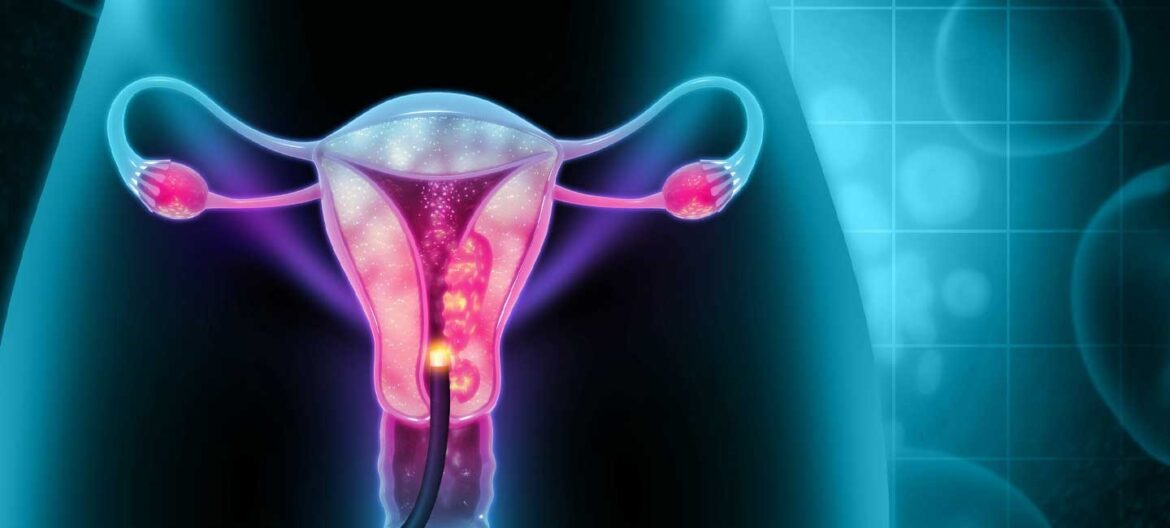According to a recent Lancet report on the disease, China ranks second in Asia in terms of the number of cervical cancer cases behind India. According to the study, 23% of the world’s cervical cancer deaths—or 40% of all cervical cancer deaths—took place in India and 17% in China. In 2020, there were 3,41,831 fatalities worldwide from cervical cancer and an estimated 6,04,127 new cases. According to the data, India recorded about 21% of all cervical cases. The analysis is based on projections from The Global Cancer Observatory (GLOBOCAN) for 2020, which take into account historical, geographic, and socioeconomic changes.
“More than 58% of all cases of cervical cancer globally were estimated in Asia followed by Africa (20%), Europe (10%) and Latin America (10%) and more than half of deaths were estimated in Asia (58%) followed by Africa (22%), and Latin America (9%). Around 39% of all cases occurred in China (18%) and India (21%) and 40% of total deaths from cervical cancer (17% in China; 23% in India),” the study noted.
In addition, it noted that in 173 of 185 nations, the age-standardized incidence of cervical cancer in 2020 exceeded the benchmark established by the WHO’s Cervical Cancer Elimination Initiative. The study also found that there was a distinct and significant socioeconomic gradient between the incidence and death rates of cervical cancer and the mean national HDI values, with progressively lower rates seen as HDI grew.
However, the sharp decline in incidence seen in some nations, including India, Thailand, Brazil, and Poland, could be attributed to a variety of factors, including declines in fertility rates and lower parity, which are declining over successive generations of women, or improvement in the coverage of screening programmes and access to treatment services, particularly in the urban population of the registry catchment areas, the study added.
Cervical cancer is the fourth most prevalent malignancy in women worldwide, affecting an expected 6,04,000 new cases and 3,42,000 fatalities in 2020, with the Region accounting for 32% and 34%, respectively.
According to news agency ANI, the World Health Organization (WHO) has previously stated that India will soon receive human papillomavirus (HPV) vaccinations in an effort to eradicate cervical cancer as a public health issue.
In order to prevent cervical cancer, HPV vaccination programmes have been made available nationally in Bhutan, the Maldives, Myanmar, Sri Lanka, and Thailand. Cervical cancer is treatable if detected early, according to Dr. NK Arora, head of the National Technical Advisory Group on Immunization (NTAGI). He added that screening to detect cervical cancer is important after the age of 35 and it needs to be taken as a mission as “India has the largest burden of deaths due to cervical cancer.”

